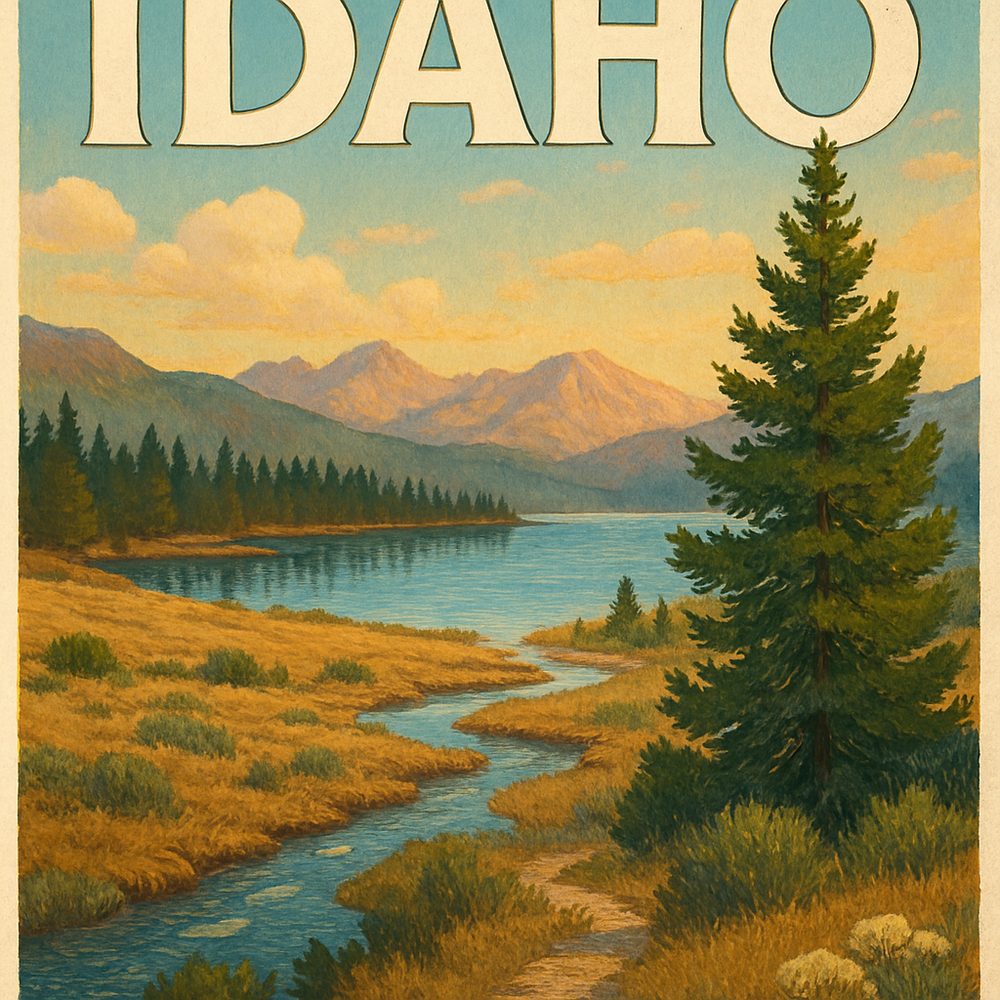Indigenous Culture and Heritage Sites to Explore in Idaho

A journey into Idaho’s indigenous heritage begins meaningfully at the Nez Perce National Historical Park, a sprawling collection of sites scattered across north-central Idaho and neighboring states. The main visitor center near Spalding, about 60 miles northwest of Lewiston, offers an excellent introduction with exhibits detailing the history of the Nez Perce Tribe, including their culture, language, and the dramatic 1877 flight during the Nez Perce War. Visitors can explore interpretive trails such as the Bear Paw Battlefield Trail, where rugged terrain and sweeping views evoke the tribe’s arduous journey. The park is especially atmospheric in late spring or early fall when wildflowers bloom or the crisp air enhances the solemnity of the landscape.
Not far from Boise, the Idaho State Museum’s Native American exhibits provide a rich, indoor complement to outdoor exploration. Located in downtown Boise, the museum features an extensive collection of artifacts from the Shoshone-Bannock, Coeur d’Alene, and other tribes native to the region. The exhibits highlight traditional tools, clothing, and ceremonial items alongside multimedia presentations about indigenous lifeways and historical challenges. The museum’s accessible city location makes it a perfect first or last stop, where visitors can appreciate the deep roots Idaho’s native cultures have planted in the state’s identity regardless of weather or season.
Traveling east near the town of Kamiah, the Heart of the Monster Trail immerses visitors directly in the sacred stories of the Nez Perce. About 80 miles northeast of Lewiston, this interpretive trail follows along the Clearwater River and features a series of carved wooden panels illustrating an ancient Nez Perce creation story. The gentle 1.5-mile loop is family-friendly, combining the natural beauty of riparian forest with cultural storytelling in an outdoor setting. Late spring and early summer offer ideal conditions here, as the river flows robustly and wildflowers add vibrant color to the hike.
In eastern Idaho, the Fort Hall Replica and Museum near Pocatello—roughly 30 miles south—presents an intriguing glimpse into early contact between indigenous peoples and European settlers. The site preserves the history of the Shoshone-Bannock Tribes, whose ancestors navigated the intersection of indigenous life and the fur trade era. The reconstructed fort and museum exhibits invite visitors to explore traditional crafts, trade goods, and the tribe’s continuing cultural vitality. Autumn’s mild temperatures and harvest festivals offer a festive backdrop for this living history experience.
Further north, the Coeur d’Alene Reservation near the city of Coeur d’Alene, about 35 miles from Spokane, Washington, holds several heritage sites that reflect the tribe’s artistic traditions and connection to land and water. The nearby Heyburn State Park, Idaho’s oldest state park, offers a scenic setting where visitors can kayak on Lake Coeur d’Alene and observe pictographs and other artifacts along the shorelines. Summer is the best time to explore this area, as the weather is warm and the water inviting, providing a sensory context for understanding the tribe’s longstanding relationship with the lake.
Along the Salmon River, close to the town of Salmon and about three hours east of Boise, the Sacajawea Interpretive, Cultural, and Educational Center provides insight into the Shoshone woman whose knowledge of the land was crucial to the Lewis and Clark expedition. The center offers interactive exhibits, traditional craft demonstrations, and storytelling sessions that highlight the living culture of the Shoshone-Bannock people. Spring and fall offer pleasant temperatures for combining a visit here with nearby hikes along the river, enhancing the connection between history and landscape.
In the far northern reaches near Sandpoint, the Kaniksu National Forest includes several archaeological sites linked to the Kalispel Tribe. About 90 miles north of Coeur d’Alene, the forest’s rugged terrain and pristine waterways preserve the natural environment that sustained indigenous populations for centuries. Guided hikes and interpretive programs available seasonally can help visitors understand the delicate balance between people and nature embodied in Kalispel cultural practices. Early summer, when the forest bursts with greenery and wildlife activity, offers the richest experience.
Each of these places reveals a different facet of Idaho’s indigenous heritage, inviting visitors to step beyond the familiar and engage deeply with the history and cultures that have shaped the state. The blend of museums, trails, and cultural centers across Idaho allows travelers to experience ancestral stories woven into the landscape—from riverbanks and forest trails to quiet museum galleries—offering a profound way to connect with the living legacies of the state’s first peoples.